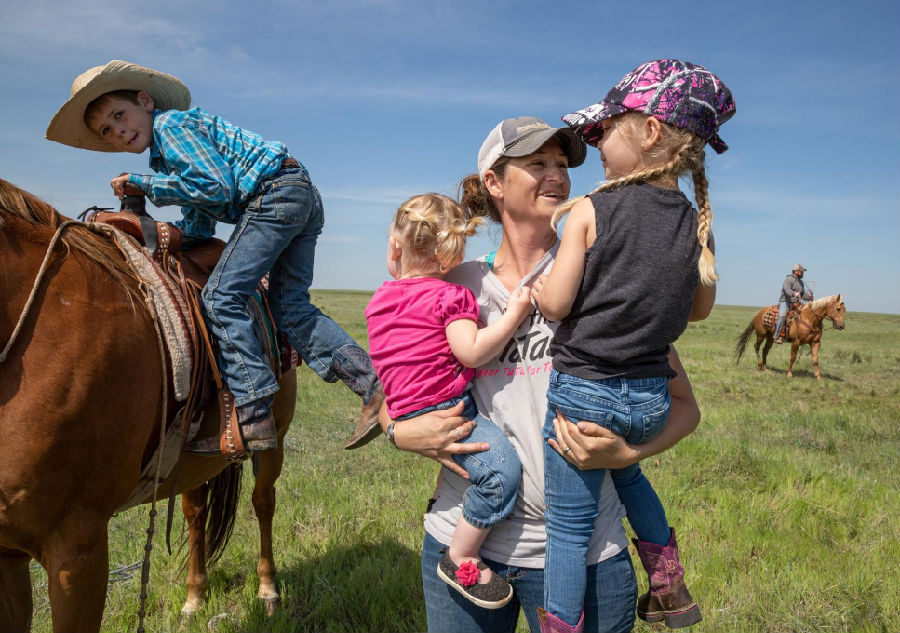In 1862, Congress passed the Homestead Act, which gave settlers title to 160 acres of federal land if they were able to "prove up" on the property by building a house and planting crops. But 160 acres weren't enough in the short-grass prairies, so Congress doubled it, then doubled it again to 640 acres for livestock. Today many ranchers feel they need to own thousands of acres and lease thousands more on nearby public land to make ends meet, and keeping the "home place" in the family can require King Lear–like decisions about succession planning. Ranches are big, or they're gone. In that context, land set aside for conservation is land unavailable for ranching families to expand. "It worries me more than water, wind, drought, prices," says rancher Craig French, whose family is involved with the anti-APR movement in Phillips County, across the Missouri River from LaTray.

Brandings here are chaotic, cooperative affairs, with families traveling from ranch to ranch to help each other out. Then they get to work: sorting, roping and dragging, wrestling and branding, vaccinating and castrating, calves squealing wild-eyed in rebuke ("Some are kind of theatrical," Craig French says). We associate this part of the world with rugged individualism, but brandings are remarkably communitarian rituals, willing exchanges of time and labor.











